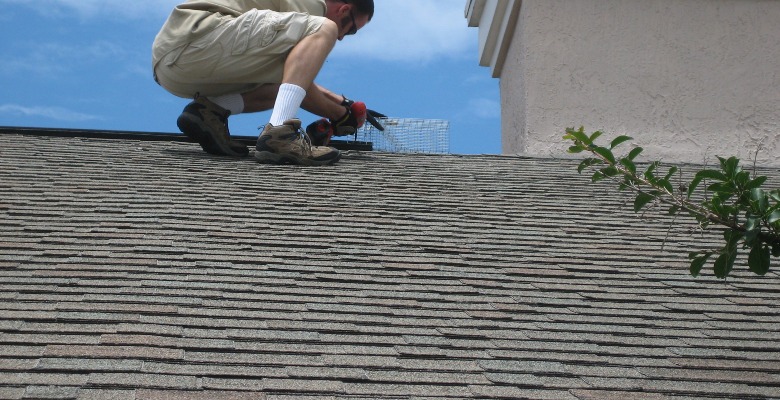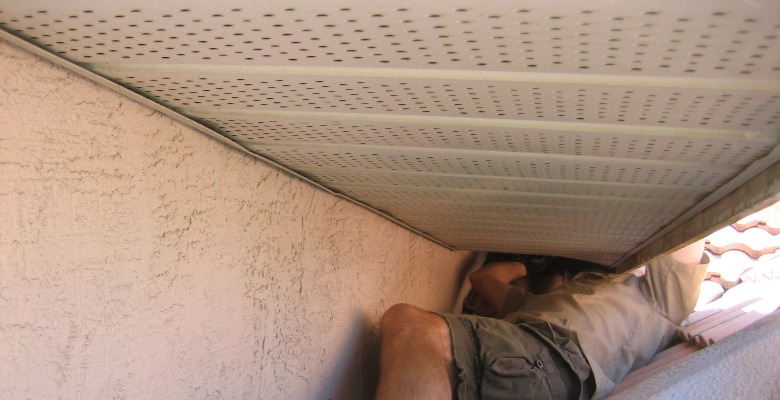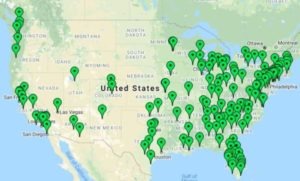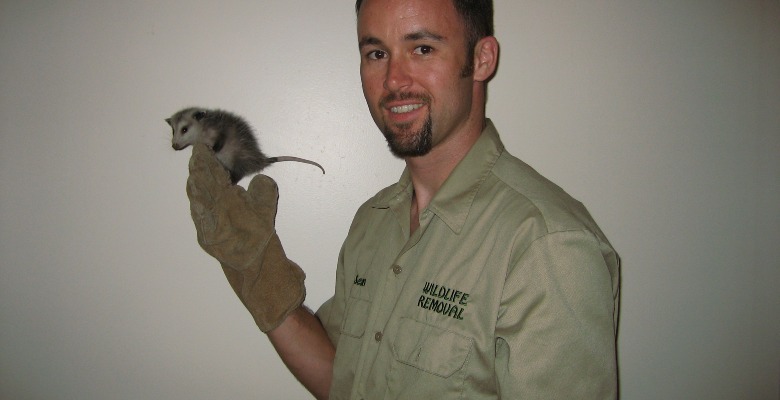It's you're lucky day; you've finally found a website that talks about wild animal repellant. Finally, you're about to find out what you need to...


Sheds, decks and porches are prime real-estate for wild animals. These areas are often open enough for a wild animal to wiggle underneath, and the structure overhead provides a nice barrier from wind, rain, snow, and potential predators. Animals under a shed, deck, or porch can cause a number of problems, including structure damage to the building they are near, health hazards to pets and farm animals through disease and dangerous burrow openings, and destruction of crops, among other things.
To remove a wild animal in this situation you must first access the entire problem: why is that animal there? IS it being drawn to your property because of a food or water source? Are there piles of debris in your yard for easy cover? If you can determine why the animal arrived in the first place, you can fix these issues so once the animal is removed, no others will come and take its place. The hormones and scents of a wild animal will attract more of that species even if that animal is gone.
The next step will be removal of the animal. Responsible wildlife removal means identifying if the animal has babies present or not. Young animals complicate matters; if they are too small to trap and remove like the adult, they must be removed by hand. This is one of the many reasons wildlife removal–even for wildlife outside of the home–is best left to the professionals.
Once the status of babies has been determined, the next step is to remove the animal or animals. Shooting or otherwise killing an animal under your shed, deck, or porch is highly frowned upon; wounded or poisoned animals can crawl deep into their burrows where they eventually die and decompose. Without access to the body, there will be no way to eliminate the resulting odor of decay. Live trapping is always preferred whenever possible, even if local laws require the animal to be humanely put down after it is removed.
We can help! As America’s largest wildlife control company, we service over 1000 locations across the USA. Call us today to check our prices in your town.
You can bait a live trap and leave it out in the yard, hoping for the best, but you will have better success if you install an exclusion fence around the shed, deck, or porch. Surround the animal’s living area with fencing, but leave a single opening. If you have the capability, install a one-way door on the opening so when the animal leaves it can’t go back in. This is a simple way to get the animal out from under your structure, but it doesn’t remove the animal from the area. Placing a live trap at the end of the opening will allow you to capture the animal and transport it to a safe location.
Trapped animals need to be relocated at least 10 miles away from your property or they will find their way back. If you are undertaking this task alone, be sure to contact your local wildlife authorities to make sure there are no special requirements you need to follow. In many states it is actually illegal for homeowners to trap wildlife, even if it is a nuisance animal in their own yard. Hiring a professional can help you avoid legal issues if a neighbor decides to report your activities.
Removing a wild animal from under the porch, shed, or deck is only the first step. After the animal and any of its babies have been removed, the area must be repaired and secured so no other animals can move in. This is best accomplished by installing a permanent fence or barrier around the structure. If the animal you are trying to keep out can burrow, you may need to dig down into the soil 6-12 inches to discourage any burrowing.
Trapping animals, particularly the ones that like to live under sheds, decks and porches, can be very frustrating and difficult. There is always the possibility of injury to the homeowner as well, if something goes unplanned. Wild animals may not actively seek to hurt humans, but a cornered or injured animal will react out of fear. This is particularly true with animals like snakes–most snake bites occur because someone was attempting to kill a snake rather than leave it alone.
Wildlife professionals will have all the tools needed to handle a wildlife situation. You will likely end up spending more money buying your own fencing and traps than you would hiring someone with the knowledge and gear to do the job properly. A technician can also help your identify problem areas around the property that may be encouraging wildlife to move in.
Over 1000 locations across the United States!


It's you're lucky day; you've finally found a website that talks about wild animal repellant. Finally, you're about to find out what you need to...

Wild animals can expose humans and pets to a number of diseases. Some of these issues, like rabies, are well-known, but others may not be so...

There are many myths out there regarding humans and baby wild animals; if you touch it the mother won't take it back, etc. The truth is less severe,...